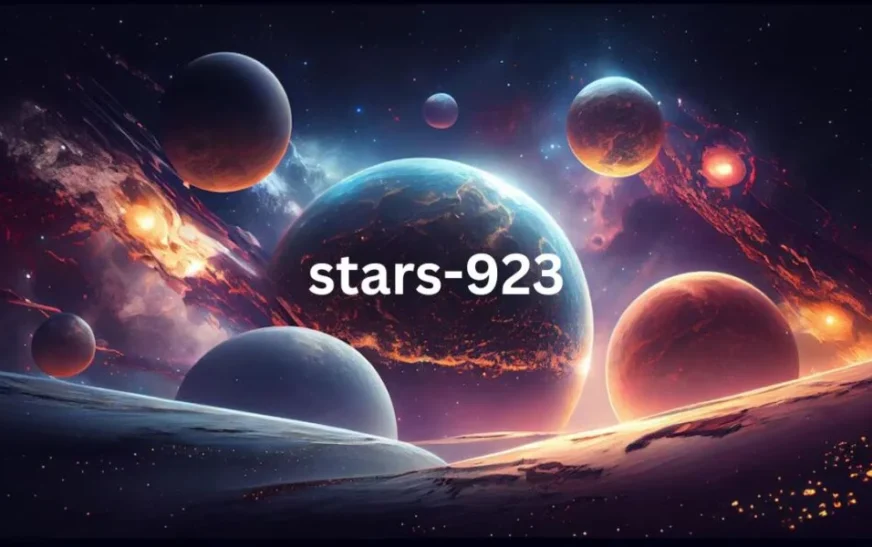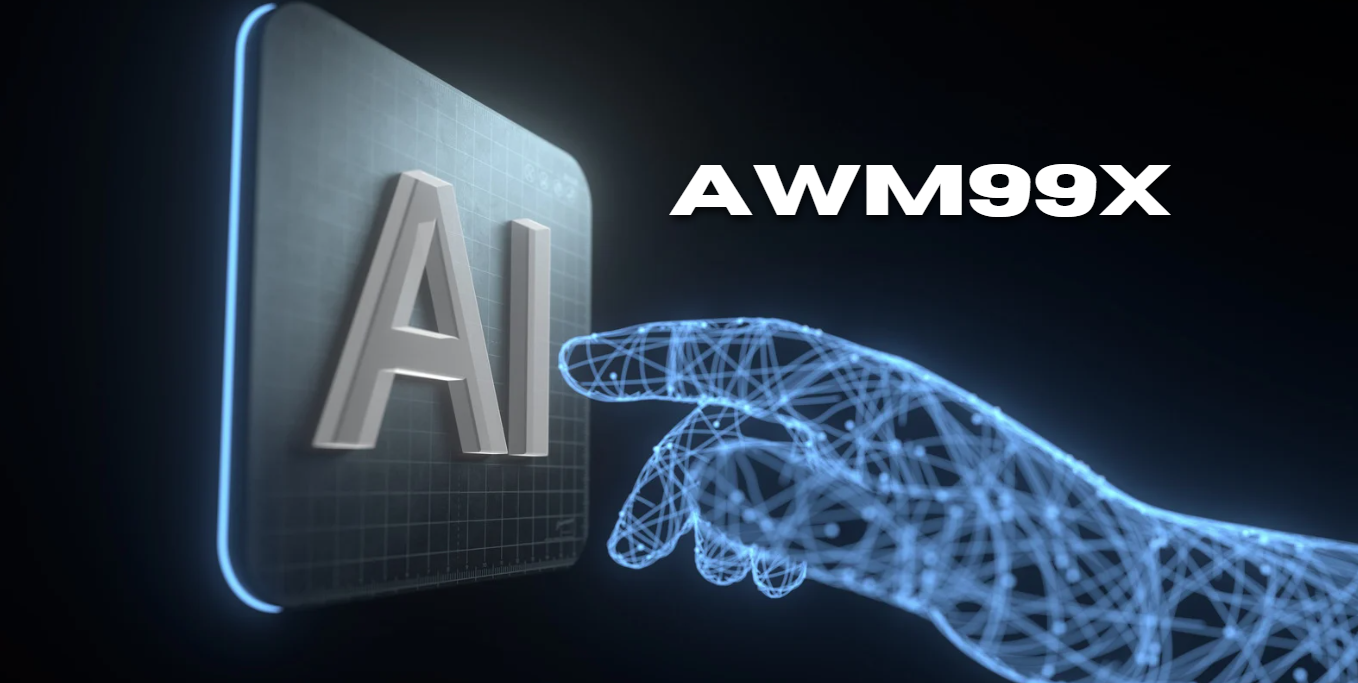The universe has been of dazzling fascination to human beings, with its great expanses There are countless basalt strata waiting for discovery. Among these is a technical term appearing only occasionally in astronomical talks and texts: Stars-923. Although as yet little is known of the nature behind this unrestricted title Stars-923, this article explores ideas about what it might mean—from candidate star systems to new directions in observing for astronomy classics.
Understanding Stars and the Universe
Before we plunge deep into the particulars of Stars-923,Wisdom itself, as it were, thus stars form the basis.In saying this remember a few Stars are a titanic form of celestial body whose main component is hydrogen and helium. In the nucleus these subatomic particles undergo nuclear fusion: a process that produces energy. This energy is then released as light energy or heat. As a result stars can be seen at great distances, far away from us. According to their size, temperature, and age, stars may be classified into different types such as red dwarfs, giants and supernovae depending on these criteria.
Stars are fundamental to the ecosystems of the universe, generating all elements above hydrogen in stellar nucleosynthesis. After being scattered into space owing to stellar winds or explosion by supernova, these elements become the raw materials for whole planets, asteroids and life itself. In this sense stars are not only sources of light but also huge forges where that continue to contribute to the ongoing evolution of galaxies.
The Stars-923 Phenomenon: What Could It Be?
As “Stars-923” remains relatively unknown, it could represent any of a variety newly discovered star systems, or even a potential exoplanet system. Astronomy is advancing at breakneck speeds Modern and new celestial bodies are almost discovered every day. This is where a few possible meanings of Stars-923, set the context.
- A New Star Cluster: It would be quite plausible for Stars-923 to mean a cluster of stars that has not been found before. Star groups are assortments of stars shaped from a similar sub-atomic cloud and kept intact by gravity. There are two primary sorts: open bunches and globular groups. Open clusters, such as the Pleiades, consist of young stars and are spread out over a smaller region than globular clusters, which contain hundreds of thousands of stars, hundreds of thousands of stars in a sphere shape and are much older. A new cluster with unique characteristics—particularly one revealing striking evidence of star formation and galactic evolution—will hold beneficial insights into astronomy research.
- An Exoplanetary System: The popular science topic du jour is exoplanets – planets which orbit other stars. With observatories like James Webb Space Telescope and TESS (the Transiting Exoplanet Survey Satellite), thousands upon thousands have been discovered outside the solar system over recent years, including some which may lie within their star’s habitable zone, where liquid water might be present. Stars-923 may well be the name of such a system of exoplanets, and raise intriguing questions as to whether one earth-like has already developed life.
- Binary or Multiple Star Systems: Stars are often not solitary. In fact, many stars exist as part of systems consisting of two members (binary) or larger groups. These systems bring with them interesting gravitational interactions, ensuring not only the development of better models to explain stellar evolution but also advancing astronomical research. Stars-923 may stand for a special case of a binary or multi-star system in which there are complex, beautiful patterns to be seen as stars revolve around each other.
- A Nova or Supernova Event: One more possibility is that Stars-923 refers to the death of a star. When stars run out of nuclear fuel they will pass a point in their life cycle. Small stars turn into white dwarfs, while big ones may explode with spectacular supernova explosions. These cosmic detonations have a luminous output that temporarily outshines entire galaxies, leaving behind a neutron star or black hole as matter condenses into it. If Stars-923 refers to a nova or supernova, astronomers may be being treated to some extraordinary event.
Technological Advances in Astronomy
In order to understand systems like Stars-923, and indeed to find them, astronomers must possess top-notch technology. When new techniques arrive in astronomy, it transforms everything.The most recent accomplishments empower analysts to notice objects in the sky with exceptional accuracy.
- Space-Based Telescopes: Telescopes, for example, Hubble and the James Webb Space Telescope have transformed everything. Sitting in the vacuum of deep space rather than behind Earth’s turbulent atmosphere, they can record light that ground-based instruments cannot. Images generated by these telescopes are clearer and better resolved than ever before. This technology allows astronomers to probe deeper into space, unfolding Star-923 systems and dark clouds that, lacking such tools, might never have been discovered.
- Spectroscopy: This is the technique where scientists investigate the light coming from celestial bodies. By prismatic separation of light into its component wavelengths, researchers can figure out what stars are made of – chemicals present in them; temperature and density. When observed with spectroscopes one probably would get more detailed information than otherwise on such things as the structure and makeup of Stars-923.
- Interferometry: Another method that allows astronomers to assemble the observations from multiple telescopes in effect creating one large instrument. Radio interferometry makes it possible, for instance, to map out black holes and neutron stars with extraordinary precision. Using this method, a system like Stars-923 could be studied in great detail.
- Man-made Reasoning and Large Information: With the gigantic measure of information gathered by the present observatories, space experts have gone to artificial intelligence and AI for handling and investigation. Instruments such as these can crawl through massive datasets finding patterns—perhaps anomalies—which would otherwise be unnoticed by human eyes. If, for instance, Stars-923 is a particularly rare or unusual object, it is conceivable that AI played a role in its discovery.
Implications of Stars-923 for Astronomy
Whatever its true nature the potential discovery of Stars-923 would have profound implications for astronomy and our understanding of the cosmos.
- Questions raised by a New Star Cluster: If Stars-923 is not actually a star but a star cluster or region in the process of forming stars, that may lead to questions or modifications in present star formation theory. Star formation is an intricate process, influenced by a number of different factors. Among those are gaseous density, the presence and character of magnetic fields, and the vigilance of turbulence (quakes) within molecular clouds. By studying a new cluster, we may come upon hitherto unknown variables or processes involved in star formation.
- Dark Matter and Evolution of Galaxies: Star systems and star clusters are significant in the formation and evolution of galaxies. The discovery that Stars-923 is a globular cluster, or planet system of a variety of different stars, could supply new information on how galaxies over time accumulate and disperse stars. In addition, the gravitational effects that such systems have on space itself might reveal the existence of dark matter, one of the most fundamental mysteries in cosmic science.
- The Search for Life: One attractive feature of Stars-923 is the possibility that it may harbor exoplanets, especially those at a star’s “habitable zone.” For the discovery of Earth-like planets, on which conditions would support life as we know it, could spark off an astronomical revolution. But even he finds no life, researching the atmosphere and composition of these planets can tell us more about how planets form, as the natural laws governing habitability vary.
Conclusion
Even now, stars-923 remains largely a mystery to those who follow the heavens. But the name of stars-923 is filled with a thrill of grand scientific adventure and inquiry. Whether it be a new star cluster, galaxy pair, or even an exoplanet solar system, stars-923 symbolizes man’s unending exploration into his own surroundings. Every new discovery, no matter how small or strange, adds yet another piece to our universe’s history and future. Thanks to the most advanced technology and joint efforts of observers around the world, we may soon begin to understand stars-923 and how it fits into the great concert of space.










